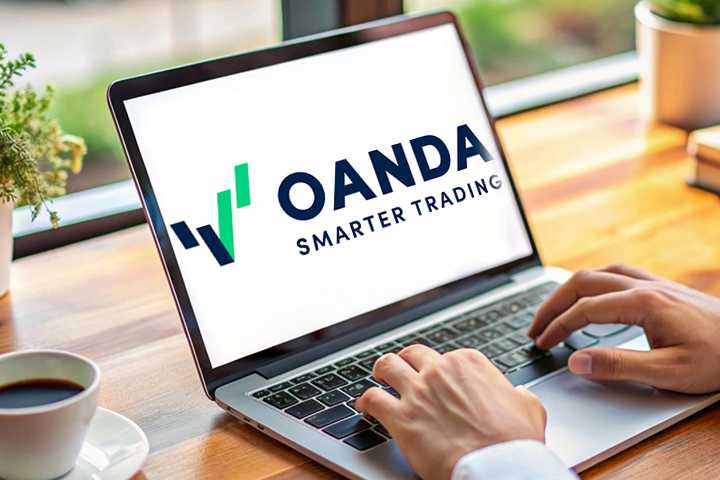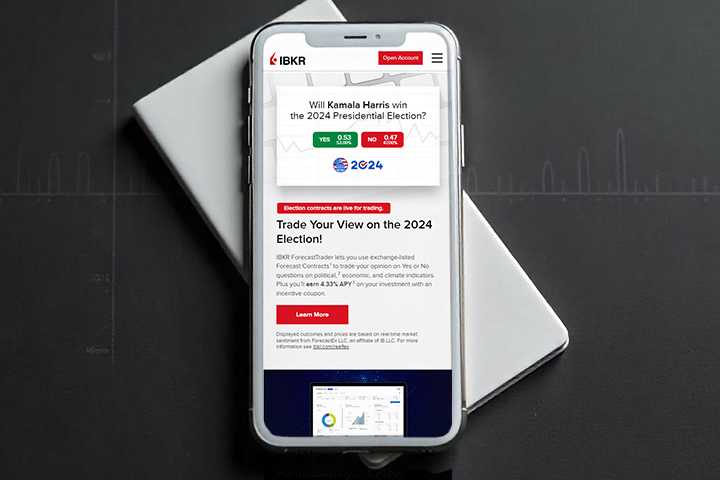
Pepperstone explains the main types of risk in trading
Broker Pepperstone spoke about the risks traders face in the financial markets and methods of managing them.
"Your goal as a trader should not be to eliminate a risk factor, but rather to mitigate its negative side effects while capitalizing on its positive ones," the broker said in a statement.
The broker identified three main categories of trading risk: market risk, liquidity risk, and systemic risk.
Market risk is the probability that a position will suffer a loss due to changes in general market conditions, causing the price of the underlying asset to move against the trader. The most effective way to manage this risk is through the use of Stop Loss or Take Profit orders, which can help limit potential losses by automatically closing the trade if the price of the asset reaches a predetermined level.
Another way to manage this risk is through hedging, which involves opening offsetting positions with other trades in different, non-correlated markets to reduce the impact of adverse market movements.
Liquidity risk occurs in markets where there are fewer buyers and sellers and/or a small amount of capital being traded. Due to the small amount circulating in the system when a trade is opened, the order will be executed at a different price than requested by the trader, as the price may move in the time it takes to execute the order. The most effective means of protection are a market with high liquidity, a reliable broker with fast execution time, and a smooth high-speed internet connection.
Systemic risk is the probability that some macro-event or internal vulnerability will lead to a partial or complete collapse of the entire market or financial system. It is the least likely of the three types of potential risks, but it is also the most serious threat. The broker emphasized that retail traders are powerless against this risk. The only effective defense is a careful calculation of the position size, a well-thought-out risk management plan ready to be used at any time, setting Stop Loss and Take Profit orders, and constant monitoring of macroeconomic news in the financial markets.








